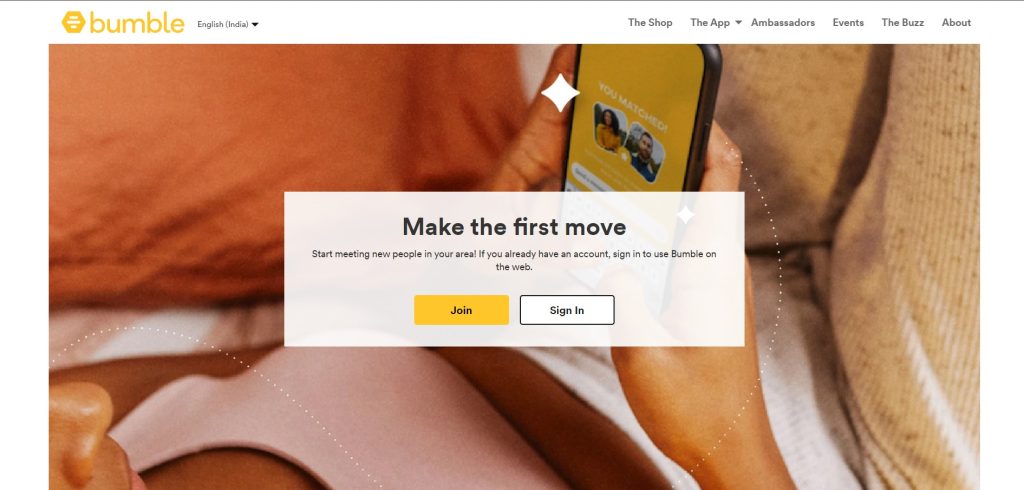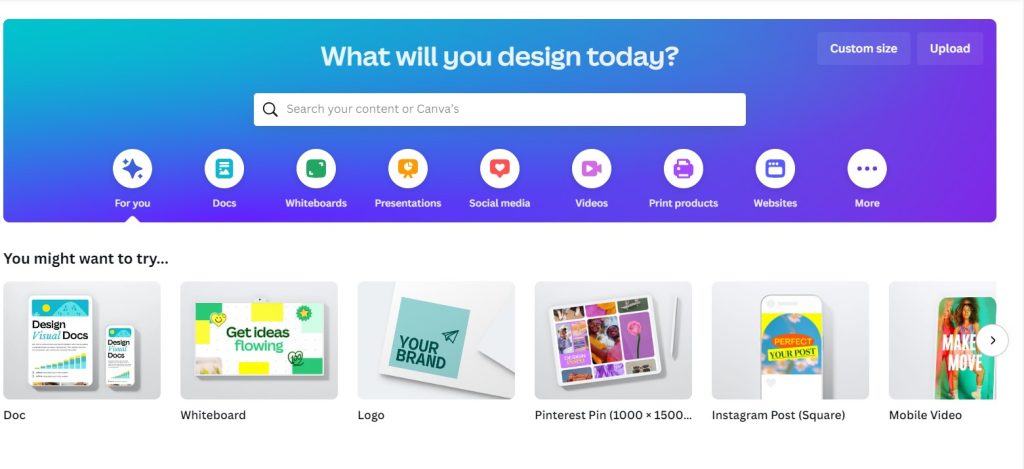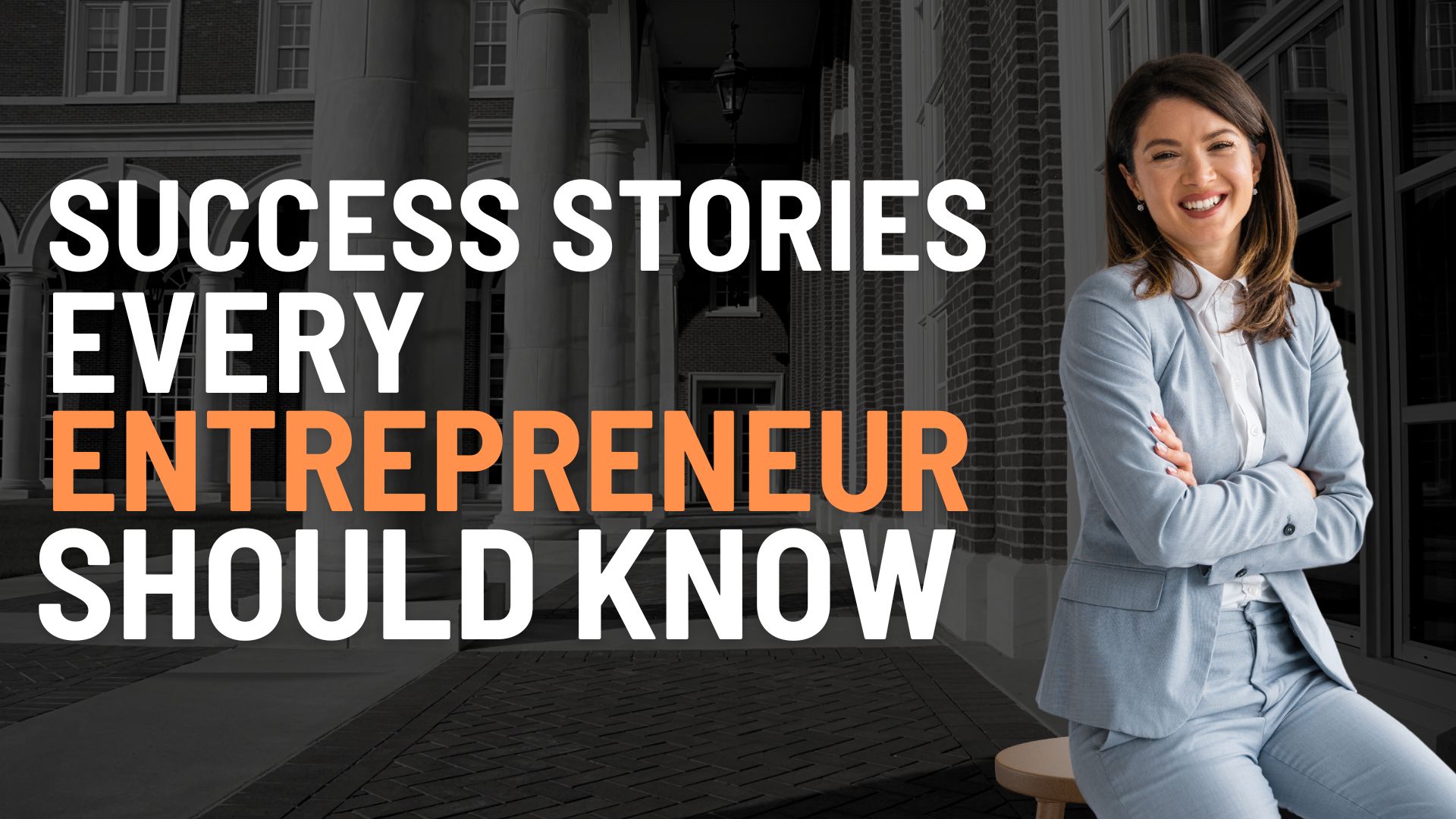Being a entrepreneur is dangerous but a lucrative endeavor. Recent data states that 50% of firms fail within five years and just 25% make it through fifteen.
“For every Amazon.com or Uber, there are scores of companies few can remember.”
What then distinguishes profitable projects from unsuccessful ones? A business succeeds because it has learned the correct lessons along the road. It now knows how to produce and seize value for customers.
Learning from others can help you avoid typical mistakes and identify which choices affect a company’s survival whether you’re thinking about starting your own business or are just getting started. To encourage you on your own entrepreneurial path, consider these four success tales.
The Stories
Adi Dassler, Adidas

Adidas founder Adolf “Adi” Dassler best illustrates how some of the biggest companies of today began modestly.
In the lavatory of his mother in a little Bavarian village, Dassler started his shoe making business. Dassler started creating and cobbling shoes there and decided he wanted to create the greatest sports shoe he could for sportsmen.
Even though there were many shoemakers at the time, Dassler was determined to build a name for himself by getting athlete input on what they wanted in a shoe, what areas of pain they had, and how they felt about his prototypes.
At 49 years old, Dassler registered “Adi Dassler Adidas Sportschuhfabrik” in 1949, thanks in large part to this input, which helped him create an athletic shoe that his clients much valued. That was the year the first sneaker bearing the Adidas three stripes, which would soon become iconic, was registered.
The 1954 World Cup final victory by the German national football team over the Hungarians, while sporting the new Adidas cleats, validated Dassler’s goal of making the greatest shoe for sportsmen.
According to Adidas, “their unbelievable victory would be heard around the world for decades” on their brand website.
Adidas has since expanded to become a well-known global brand for premium sportswear. The need to ask potential clients about their aspirations, goals, and pain areas is shown by Dassler’s story.
“Adi Dassler had a personal touch to his success: he visited with players, paid close attention to what they had to say, and never stopped looking for ways to make their demands better or even invent. “From the start, the best of the best trusted Adidas and its founder.”
Bumble by Whitney Wolfe

Whitney Wolfe Herd was motivated to develop a positive dating experience for women after leaving the dating app business Tinder and an abusive relationship in 2014.
“The gender dynamics of dating and romance still seemed so outdated, for all the advances women had been making in workplaces and corridors of power,” Wolfe Herd once observed. “I wondered, ‘What if I could turn that around? What would happen if women initiated the contact and the communication?
Together with co-founder of the dating service Badoo Andrey Andreev, former Tinder staffers Chris Gulzcynski and Sarah Mick, Wolfe Herd created a dating app that mandates that women initiate contact with heterosexual matches.
On college campuses, the brand really took off, and in its first month, the app had 100,000 downloads.
Wolfe Herd is still a fervent supporter of sexual harassment prevention and gender equality even as its user base expands, developing in-app tools to obfuscate offensive photos and stop hate speech. Wolfe Herd and her group also worked to get a law outlawing the distribution of unwanted pornographic images approved in Texas, the state where the business is based.
“I’m more committed than ever to helping advance gender equality and putting an end to the misogyny that still plagues society,” Wolfe Herd said in a message to bumble users. “I want nothing more than for your connections to be both meaningful and health.”
The tale of Wolfe Herd reminds us to draw business inspiration from our own lives and to leverage a cause that matters to you to set your product and brand apart in a crowded market.
Canva – Melanie Perkins

While a student in Perth, Australia, Melanie Perkins worked a part-time job instructing students in desktop design software in 2007. “Is there a way this could be simpler and less expensive?” Perkins questioned after learning how to operate the costly, complicated program took a semester.
It took more than 100 investors to reject Perkins’s idea for an inexpensive, straightforward online design tool; Canva didn’t get its first investment until three years after she started presenting.
Perkins attributes her change in presenting strategy—she started out by highlighting the relevant issue Canva seeks to address—for this investment.
Perkins remarked in an interview, “A lot of folks can relate to coming into something like Photoshop and being absolutely overwhelmed. Tell the story because, should your audience not understand the problem, they will not understand the solution.”
Canva is used to generate designs by 60 million users in 190 countries now.
Perkins’s tale illustrates both the need of clearly articulating the worth of a business concept and the perseverance and resiliency needed to succeed as an entrepreneur.
Conclusion:
One good approach to get an understanding of what your experience might be like is to read about the decisions, accomplishments, and hardships of other entrepreneurs. Which recurring themes do you see in the previously given examples? What traits are these prosperous business people sharing? Take their experiences as a guide for your strategic approach and your spur-of-the-moment decisions.



